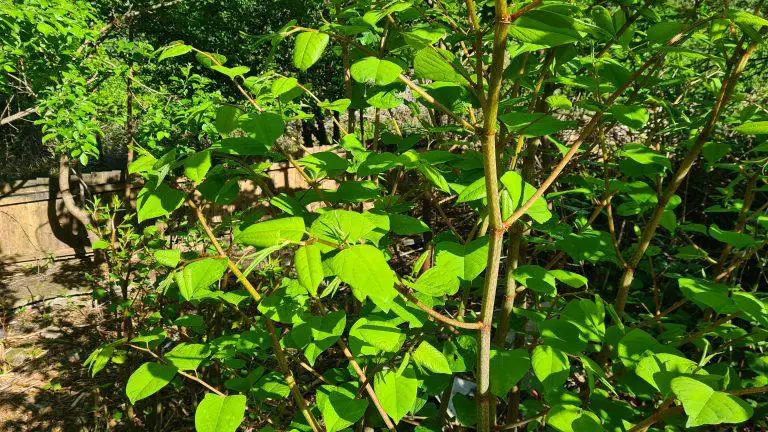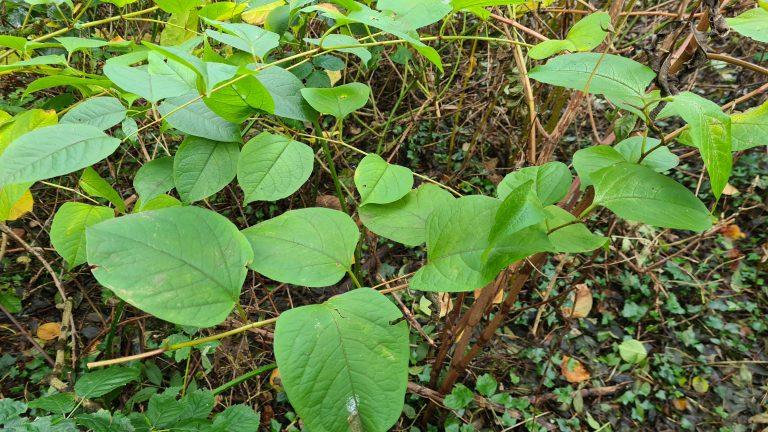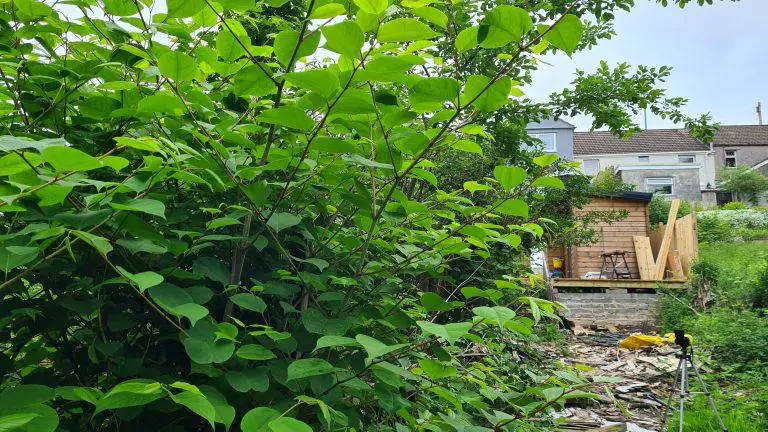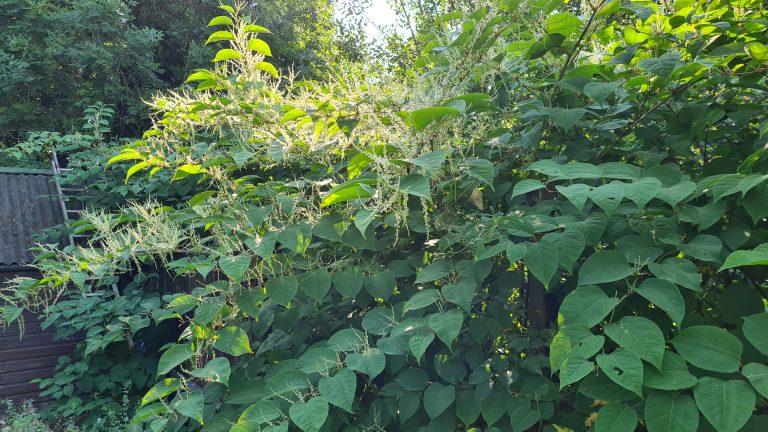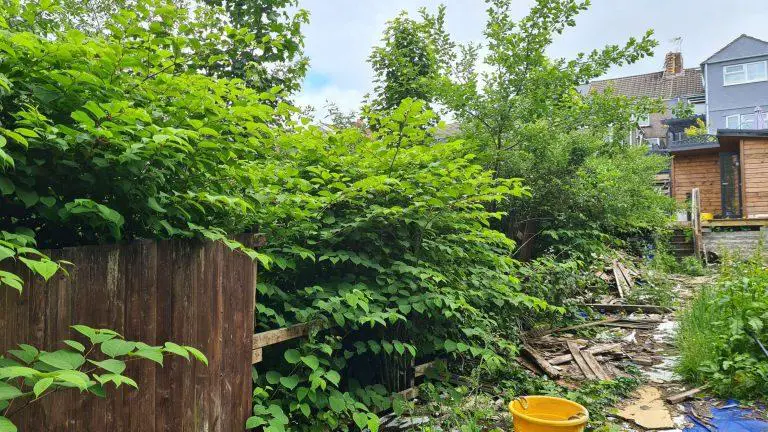When it comes to invasive plant species, Japanese Knotweed is one of the most notorious in the UK. This plant can grow up to three metres high, and its roots can extend up to seven metres deep. It can cause serious damage to property, and its presence can significantly decrease the value of a property. As a result, many homeowners and property developers are eager to get rid of it. However, the cost of Japanese Knotweed treatment can vary significantly, depending on various factors.
The cost of Japanese Knotweed treatment can be broken down into several categories, including surveying, treatment, and ongoing monitoring. Surveying costs can range from £150 to £1,000, depending on the size of the property and the severity of the infestation. Treatment costs can vary significantly, depending on the method used and the extent of the infestation. For example, herbicide treatment can cost between £1,000 and £5,000, while excavation and removal can cost between £5,000 and £20,000. Ongoing monitoring can cost between £250 and £750 per year, depending on the level of monitoring required.

What is Japanese Knotweed?
If you are a property owner or a gardener, you may have heard of Japanese Knotweed. It is a highly invasive plant species that can cause significant damage to buildings, roads, and other structures. Japanese Knotweed is native to Japan, China, and Korea and was introduced to the UK in the 19th century as an ornamental plant.
Identifying Japanese Knotweed can be challenging, especially during the winter months when the plant dies back. However, during the summer, the plant can grow up to 3 meters tall, and its leaves are shaped like a shield, with a distinctive zigzag pattern on the stems. The plant also produces small white flowers in late summer, which can help with identification.
Japanese Knotweed is a weed that can spread quickly, and it can grow through concrete, tarmac, and other hard surfaces. The plant can cause significant damage to buildings and structures, and it is estimated that it costs the UK economy millions of pounds each year in treatment and repair costs.
Due to its invasive nature, Japanese Knotweed is considered a significant threat to the UK’s biodiversity. It can outcompete native plant species and reduce the diversity of habitats, leading to a decline in wildlife populations.
In conclusion, Japanese Knotweed is an invasive species that can cause significant damage to buildings and structures. It is essential to identify and treat the plant promptly to prevent it from spreading and causing further damage.
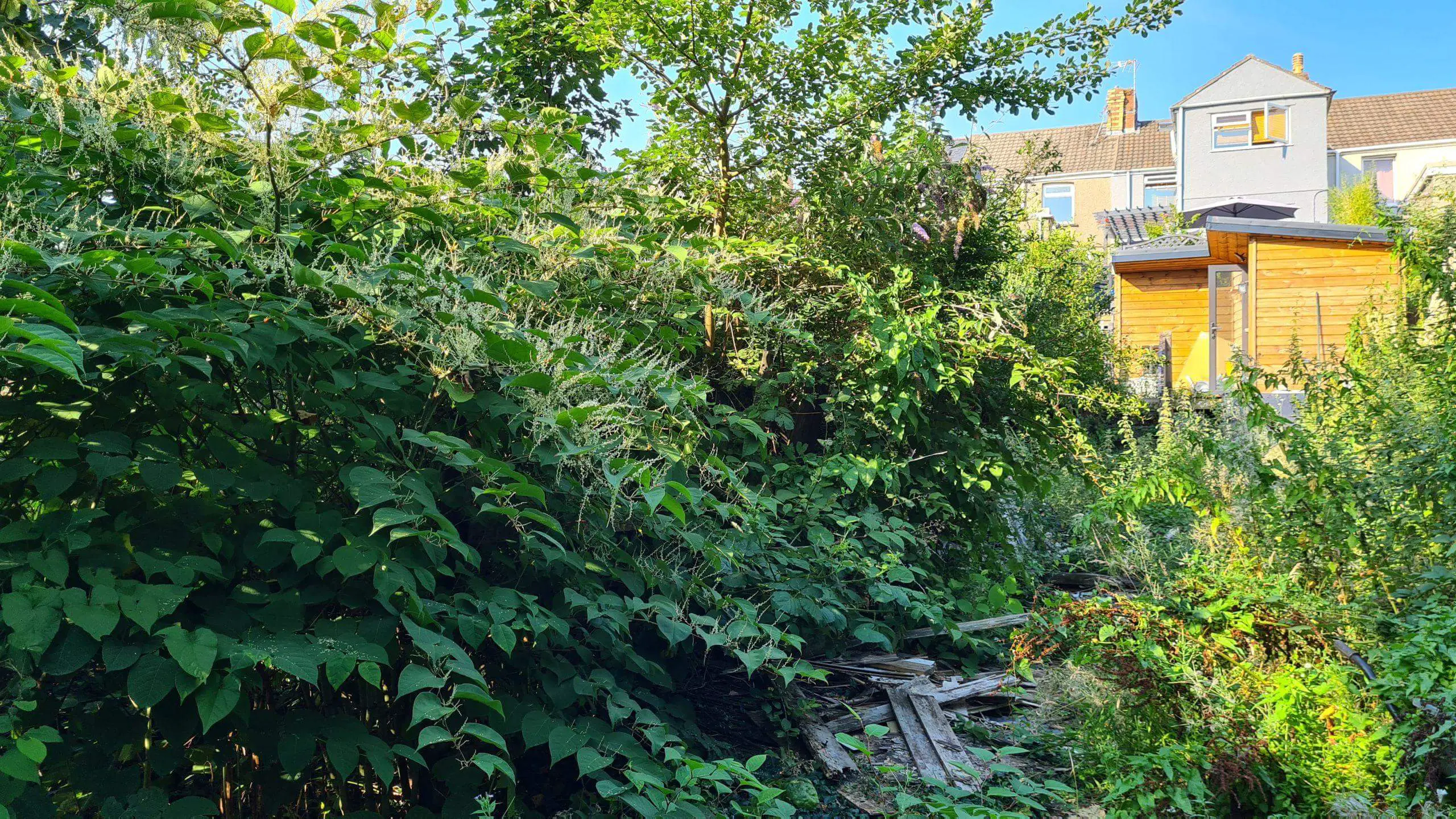
The Cost of Japanese Knotweed Treatment
If you’re a property owner dealing with a Japanese Knotweed infestation, you’re probably wondering about the cost of removing it. The cost of Japanese Knotweed treatment can vary depending on several factors, including the size of the infestation, the method of removal, and local regulations.
Professional Services
Hiring a professional to remove Japanese Knotweed is typically the most effective and efficient method. Professional services can include:
- Surveying and identifying the Knotweed
- Developing a treatment plan
- Applying herbicides
- Excavating and removing the Knotweed
- Disposing of the plant waste
The cost of professional help can vary depending on the extent of the infestation and the method of removal. Here’s a breakdown of the average costs:
| Service | Cost |
|---|---|
| Survey and identification | £250 – £500 |
| Treatment plan development | £500 – £1,000 |
| Herbicide application | £500 – £1,000 |
| Excavation and removal | £1,000 – £5,000 |
| Disposal of waste | £250 – £500 |
DIY Methods
If you’re looking to save money, you may consider removing Japanese Knotweed yourself. However, it’s important to note that DIY methods are often less effective and can result in the Knotweed spreading further. DIY methods can include:
- Digging up the Knotweed and disposing of it
- Applying herbicides
Here are some costs associated with DIY methods:
| Service | Cost |
|---|---|
| Herbicides | £50 – £200 |
| Digging tools and equipment | £100 – £500 |
It’s important to note that if you’re not experienced in removing Japanese Knotweed, you may end up spending more money in the long run due to ineffective treatment.
In conclusion, the cost of removing Japanese Knotweed can vary depending on several factors. Hiring a professional is typically the most effective method, but it can be expensive. DIY methods can be cheaper, but they may not be as effective. It’s important to consider the size of the infestation and local regulations when deciding on a treatment plan.
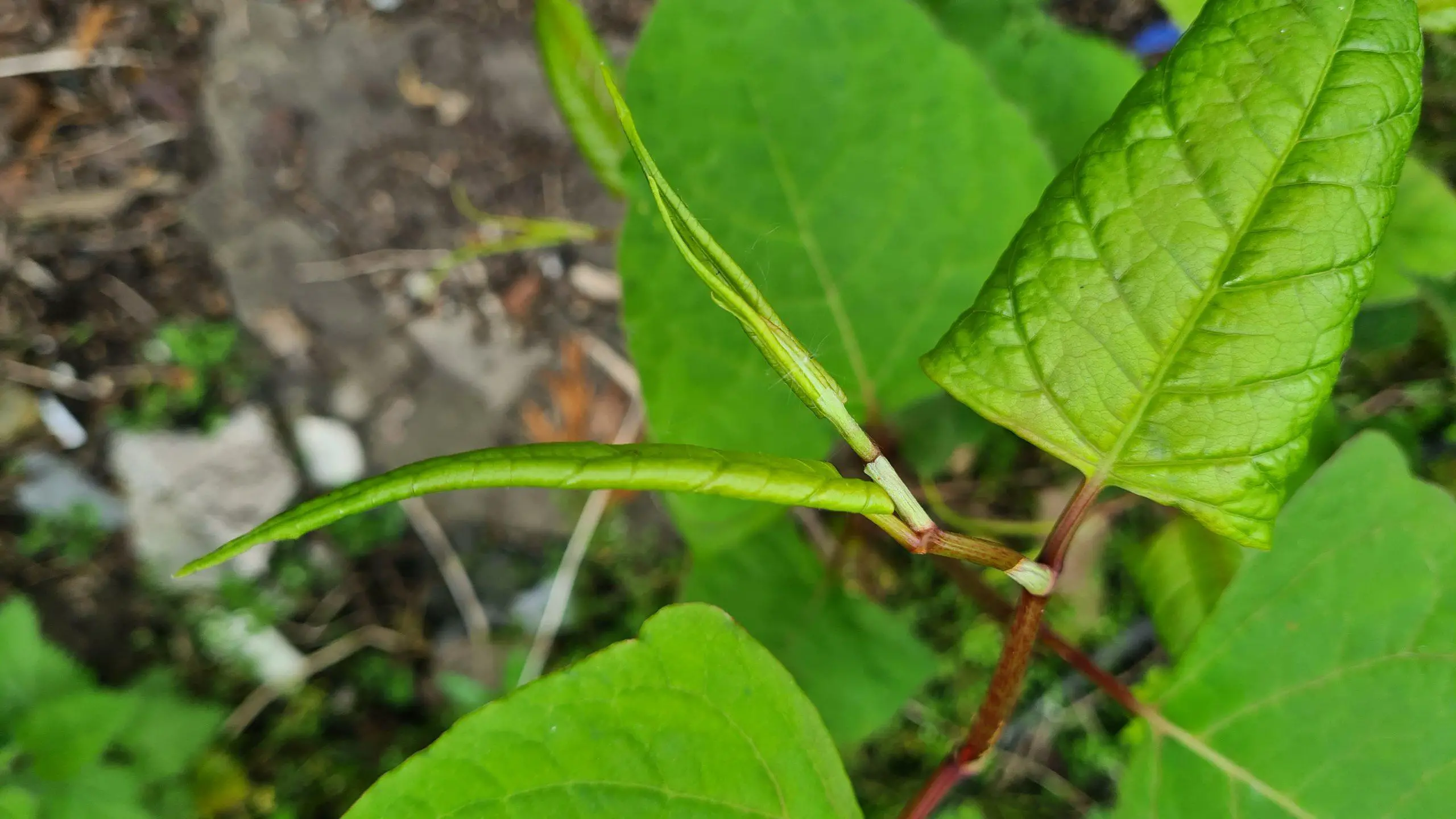
Professional Services
If you are dealing with Japanese Knotweed on your property, you may want to consider hiring a professional service to help you with the treatment and control of this invasive plant. Professional services can provide you with expert advice, treatment plans, and eradication methods that can help you remove Japanese Knotweed from your property.
Eradication Methods
Professional services can offer a range of eradication methods for Japanese Knotweed, including chemical methods, digging up the plant and rhizomes, and covering the affected area with a root barrier. Chemical methods typically involve herbicide treatments, such as glyphosate, which can be sprayed onto the plant or injected into the stems. Digging up the plant and rhizomes can be a time-consuming and labour-intensive process, but it can be effective in removing the plant from the ground. Covering the affected area with a root barrier can prevent the plant from spreading and can be a sustainable way to manage the plant.
Cost Breakdown
The cost of Japanese Knotweed treatment can vary depending on the location, the size of the affected area, and the eradication methods used. Professional services may charge for a Japanese Knotweed survey, which can cost between £300 and £500. Treatment plans can cost between £500 and £1,000, and the cost of eradication methods can range from £1,000 to £5,000 or more. Labour costs, equipment, and materials can also add to the overall cost of Japanese Knotweed removal.
It is important to note that there may be legal and financial consequences if you do not properly manage Japanese Knotweed on your property. Local regulations may require you to remove it, and neighbouring landowners may take legal action if the plant spreads onto their property. The economic costs of not removing Japanese Knotweed can be significant, as it can affect the value of buildings and land, and fines may be imposed for not properly managing the plant.
Professional services can offer an insurance-backed guarantee for their work, which can provide you with peace of mind that the plant will be properly removed and managed. The Property Care Association and Environet UK are two organisations that offer professional services for the treatment and removal of Japanese Knotweed.
DIY Methods
If you’re looking to remove Japanese knotweed yourself, there are a few options available to you. However, it’s important to note that DIY methods can be risky and may not always be effective, especially for larger infestations. Additionally, local regulations may restrict the use of certain chemicals or methods, so be sure to check before you begin.
Chemical Methods
Chemical methods involve using herbicides to kill the plant. Glyphosate-based herbicides are commonly used for Japanese knotweed removal, but other options such as imazapyr and triclopyr may be more effective for larger infestations.
When using herbicides, it’s important to follow the instructions carefully and wear protective gear such as gloves and a mask. You may also need to apply the herbicide multiple times over several seasons to fully eradicate the knotweed.
Mechanical Methods
Mechanical methods involve physically removing the knotweed from the ground. This can be done by digging up the roots or cutting the stems and applying herbicide to the cut ends.
Digging up the roots can be effective for small infestations, but it can be difficult to remove all of the roots and rhizomes, which can lead to regrowth. Cutting the stems and applying herbicide can be effective for larger infestations, but it may take several seasons to fully eradicate the knotweed.
When using mechanical methods, it’s important to dispose of the knotweed properly. Japanese knotweed is considered a controlled waste, so it must be taken to a licensed landfill site.
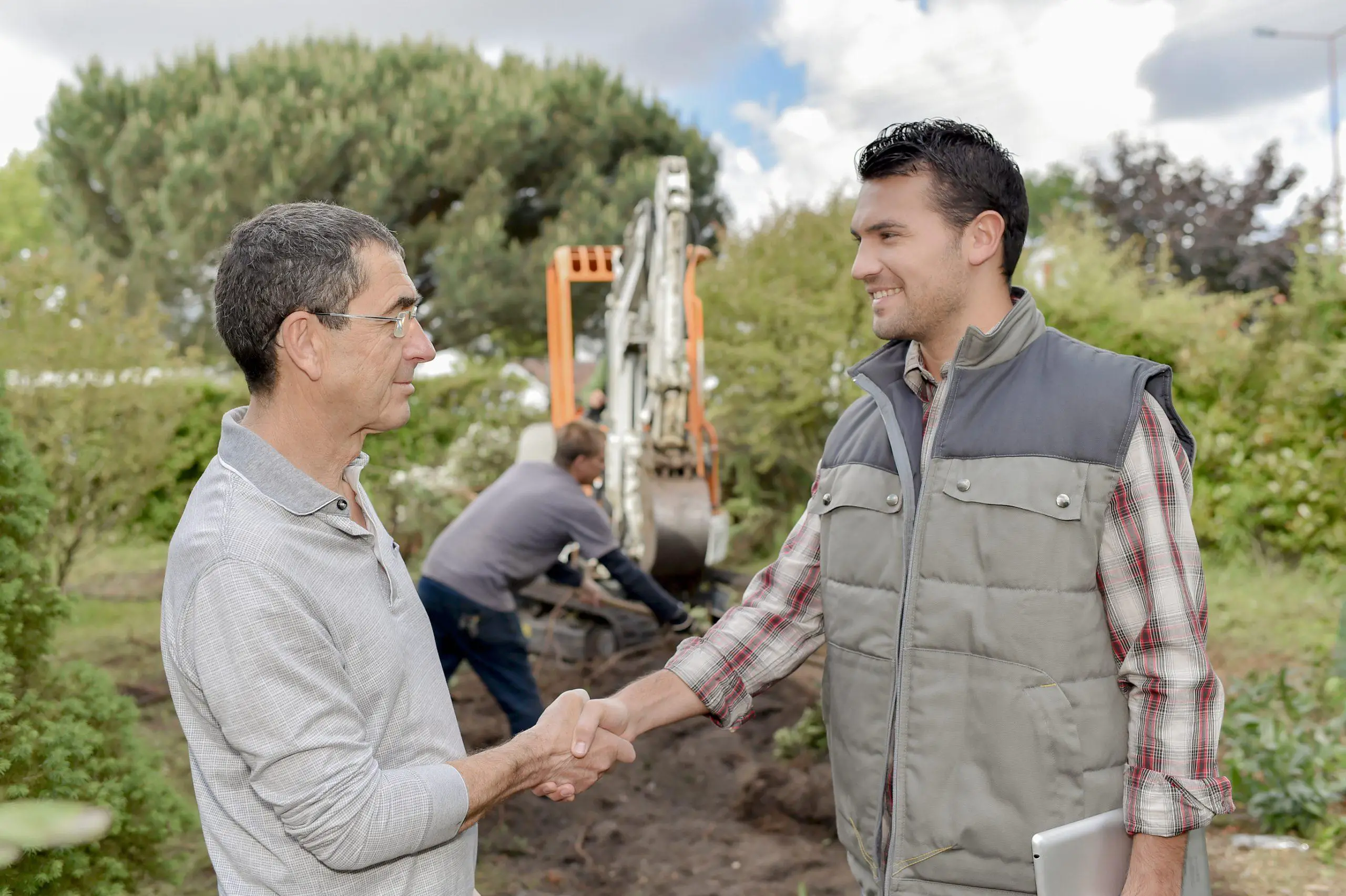
Cost Breakdown
Here’s a breakdown of the costs associated with DIY Japanese knotweed removal:
| Cost | Description |
|---|---|
| £10-£30 | Herbicide (per application) |
| £50-£100 | Protective gear |
| £100-£200 | Digging tools (if using mechanical methods) |
| £200-£500 | Landfill disposal fees |
| Varies | Labour (if hiring someone to help) |
Keep in mind that the cost of DIY removal may be higher if you need to apply herbicide multiple times or if you need to rent equipment. Additionally, if you’re not able to fully eradicate the knotweed, you may end up spending more money, in the long run, to have a professional remove it.
Overall, DIY Japanese knotweed removal can be a cost-effective option for small infestations, but it’s important to weigh the risks and potential costs before starting the process.
Chemical Methods
When it comes to treating Japanese Knotweed, chemical methods are often the most effective. Herbicides are used to treat invasive plants, with glyphosate being the most commonly used herbicide for knotweed treatments.
Glyphosate is a systemic herbicide, meaning it is absorbed by the plant’s leaves and transported throughout the plant, killing it from the roots up. It is typically applied by spraying the herbicide solution onto the knotweed leaves.
Herbicide treatments can be done in different ways, including spot treatments or full coverage treatments. Spot treatments are used for small areas of knotweed infestation, while full coverage treatments are used for larger areas.
The cost of chemical treatments can vary depending on the size of the infestation and the treatment method used. Here is a breakdown of the costs for chemical treatments:
| Treatment Method | Cost per Square Metre |
|---|---|
| Spot Treatment | £50 – £100 |
| Full Coverage Treatment | £20 – £30 |
It is important to note that herbicide treatments may need to be repeated over several years to fully eradicate the knotweed. Additionally, it is important to follow proper safety protocols when handling herbicides, as they can be harmful to humans and other plants.
Mechanical Methods
If you’re considering mechanical methods for treating Japanese Knotweed, there are a few options available to you. These methods involve physically removing the plant or damaging it to the point that it can no longer grow.
One of the most common mechanical methods is excavation. This involves digging up the plant and its root system and removing it from the site. Excavation can be a highly effective method of eradication, but it can also be quite costly. The cost will depend on the size of the area affected by the knotweed and the depth of the root system.
Another option is mowing. Mowing involves cutting the knotweed down to ground level, which can help to weaken the plant over time. However, this method is not as effective as excavation, and it may need to be repeated several times to achieve results.
If you choose to use mechanical methods, you may need to use machinery to help with the process. This could include diggers, excavators, or other heavy equipment. The cost of hiring this machinery will depend on the size of the area you need to treat and the type of equipment required.
It’s important to note that mechanical methods can also result in the production of contaminated soil. This soil will need to be removed and disposed of properly, which can add to the overall cost of treatment. In some cases, the contaminated soil may need to be sent to a landfill site, which can be expensive.
Overall, mechanical methods can be an effective way of treating Japanese Knotweed, but they can also be costly. If you’re considering this option, it’s important to weigh up the costs and benefits carefully before making a decision.

